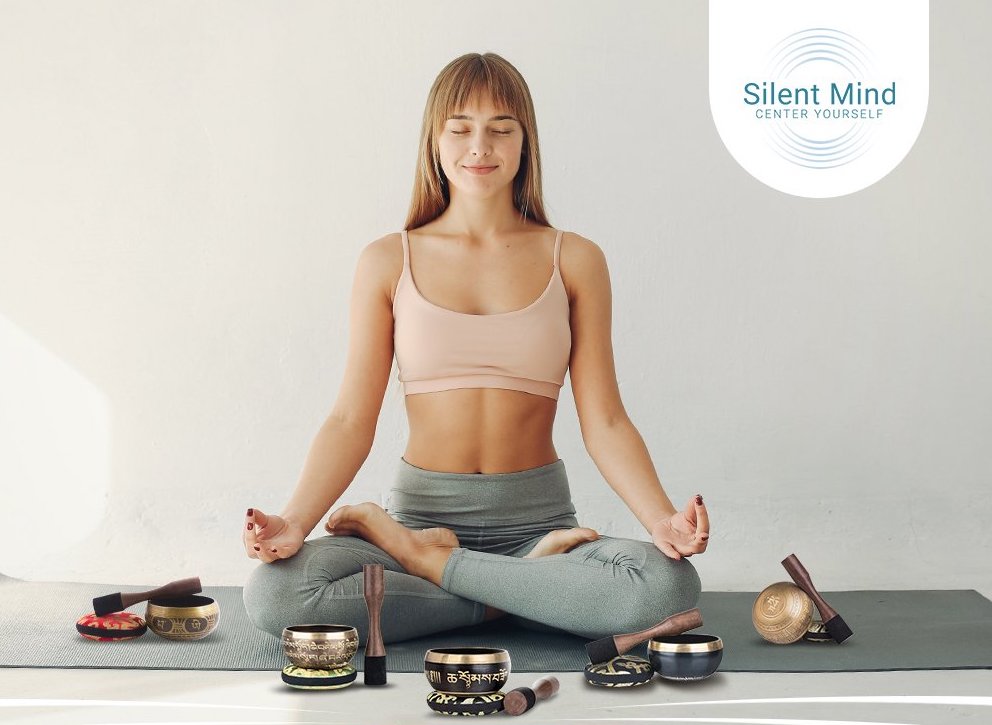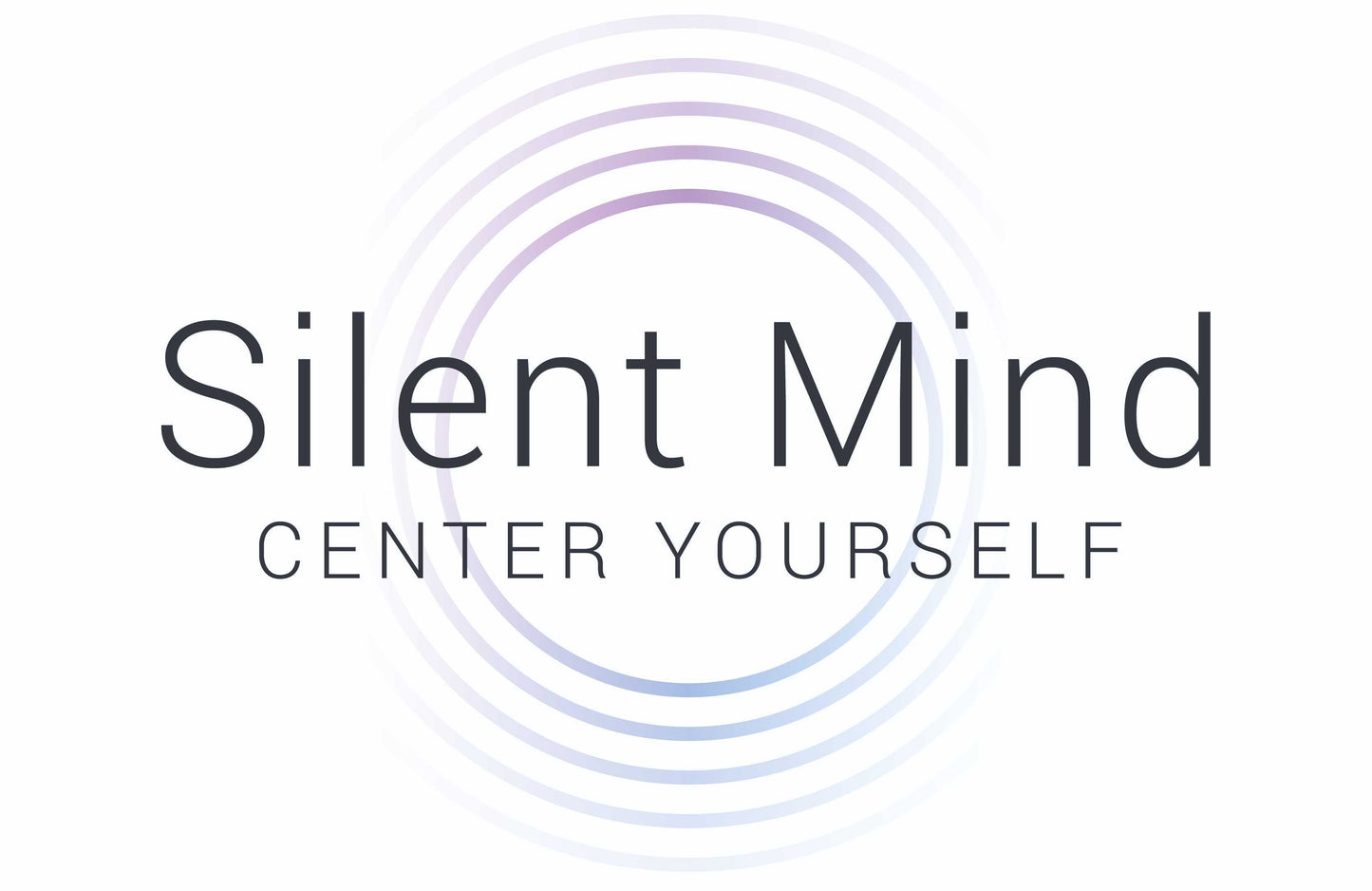
Breathing - it’s the single most important act of our entire existence. Naturally, we can alter our breathing to alter the overall state of our bodies.
For example, you may enjoy a few energizing rounds of Kapalbhati (Breath of Fire) during yoga. You might also make sure to exhale through the toughest part of an exercise since it stabilizes your core. It seems like almost anything can be made better with the right breath.
Today, let’s focus solely on breathing for relaxation. We’ll answer common questions about relaxation breathing exercises, techniques, and how to benefit from the breath in general.
What are the 5 deep breathing relaxation steps?
If you’re new to harnessing the awesome calming power of your own breath, here are five easy steps to start with.
- Sit or lie down in a comfortable position. Make sure your shoulders are relaxed and your head is balancing directly above the neck and shoulders, not dipping or tilting.
- Inhale through the nose, feeling the belly expand as it fills with air.
- Exhale completely through the nose, noting how the belly contracts as it empties.
- Now monitor this act more closely. Place one hand on your chest, and one on the belly. As you inhale and exhale, note the rise and fall with a particular focus on the expansion of the belly. The chest will not move as much during deep breathing, but note how your heart rate slows.
- Repeat for five to ten rounds, always aiming to inhale deep into the belly.
What is the 4 7 8 breathing technique?
The 4-7-8 relaxation breathing exercise is popular at bedtime. To do this, inhale for four seconds, hold the breath for seven seconds, and exhale for eight seconds.
This is a variation of two-to-one breathing. Exhaling twice as long as your inhales take is a well-known way to engage the parasympathetic nervous system and induce greater states of relaxation.
You can apply this principle to other patterns and adjust the pause between as you see fit. For example, you can try 3-3-6 breathing, 4-2-8 breathing, or 5-3-10 breathing and see what’s most effective for you.
What is the best breathing technique for anxiety?
As it pertains to anxiety specifically, you can try a variation of the two-to-one breath described above, where we double our exhales. However, if you’re starting to feel a bit panicky, it might be best not to try and control the breath at all.
Instead of struggling against anxiety and wrestling with its physical symptoms, just keep two goals in mind:
- Fill the belly as much as possible on the inhale.
- Aim to exhale completely.
This way, we’re not monitoring our bodies so closely, which can make anxiety worse.
Can I do breathing exercises while playing my singing bowl?
Yes, this is an excellent way to double up on natural relaxation techniques.
One highly effective method involves two singing bowls - a smaller one and a larger one. Strike a compact bowl like the Light Bronze Harmony and inhale as the tone resonates. Before it fades completely, hit a larger bowl with a deeper tone, such as the Golden Solstice, and use that one for the exhale.
If you want to try this but are a bowl or two short, use our singing bowl selector to find the right one.
What are your favorite relaxation techniques? Is there a breath pattern or pranayama you swear by? Share it in the comments!
